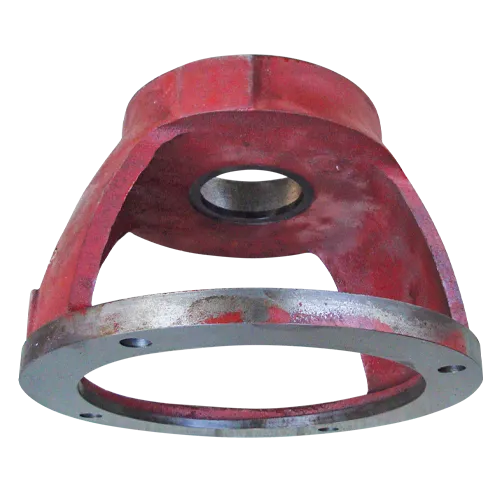Mobile:+86-311-808-126-83
Email:info@ydcastings.com
Understanding Aluminium Mold Casting Techniques and Their Applications in Modern Manufacturing
Aluminium Mould Casting An Overview
Aluminium mould casting is a widely used manufacturing process that involves the pouring of molten aluminium into a pre-shaped mould to create intricate parts and components. This technique is popular across various industries, including automotive, aerospace, and consumer goods, due to its ability to produce high-quality, lightweight, and corrosion-resistant products.
The Process of Aluminium Mould Casting
The process of aluminium mould casting typically begins with the design of the mould itself. Engineers and designers create a pattern, usually made from metal or a durable plastic, that reflects the desired dimensions and features of the final product. This pattern is then used to form the mould cavity, which can be constructed from a variety of materials, including sand, metal, or ceramic, depending on the specific requirements of the casting project.
Once the mould is ready, molten aluminium—heated to a temperature of approximately 660°C (1220°F)—is poured into the cavity. The molten metal fills every space of the mould, taking on its shape. After allowing the metal to cool and solidify, the mould is opened to retrieve the finished casting. Additional processes, such as machining or surface finishing, may be required to achieve the precise tolerances and surface finishes necessary for the end application.
Advantages of Aluminium Mould Casting
Aluminium mould casting offers several notable advantages. Firstly, aluminium itself is a lightweight metal, which helps in the manufacturing of components that do not sacrifice durability while ensuring a reduction in weight. This attribute is particularly beneficial in applications where weight reduction is critical, such as in the automotive and aerospace sectors.
aluminium mould casting

Secondly, aluminium exhibits excellent corrosion resistance, making it ideal for products that will be exposed to harsh environmental conditions. Additionally, aluminium can be easily alloyed with other metals to enhance its properties, allowing engineers to tailor the final product to meet specific performance criteria.
Another advantage of this casting method is its ability to create complex shapes and intricate designs. The precision of mould casting enables the production of parts with tight tolerances and detailed geometries that would be challenging or uneconomical to achieve with other manufacturing techniques.
Challenges and Considerations
Despite its many benefits, aluminium mould casting does come with its own set of challenges. One of the primary concerns is the initial cost of mould production. Creating high-quality metal moulds can be expensive, especially when compared to other casting methods like sand casting. However, this investment is often justified by the high volume of production and the superior quality of parts produced.
Additionally, the cooling rate of aluminium can lead to defects such as porosity or shrinkage if not carefully managed. Proper control of the pouring temperature, cooling rate, and mould design is essential to minimize these potential issues and ensure the production of high-quality castings.
Conclusion
Aluminium mould casting is a critical manufacturing process that provides an effective means of producing lightweight, durable, and complex components. Its advantages make it a preferred technique in various industries, setting it apart from other casting methods. As technology continues to advance, the potential for improved casting techniques and materials is immense. This process not only meets current industrial demands but also paves the way for innovative applications in the future. Understanding the nuances of aluminium mould casting is vital for engineers and manufacturers looking to leverage its benefits for improved product performance and efficiency.
-
Impeller Technology That Powers Precision in Pump SystemsNewsMay.22,2025
-
Valve Durability Begins with Quality Cast Iron ComponentsNewsMay.22,2025
-
Performance Cooling with Advanced Automobile Water Pump SolutionsNewsMay.22,2025
-
How Motor Housing and Oil Pans Shape Engine PerformanceNewsMay.22,2025
-
How Metal Castings Drive Modern Manufacturing EfficiencyNewsMay.22,2025
-
Exploring the Engineering Behind Valve Body CastingsNewsMay.22,2025











